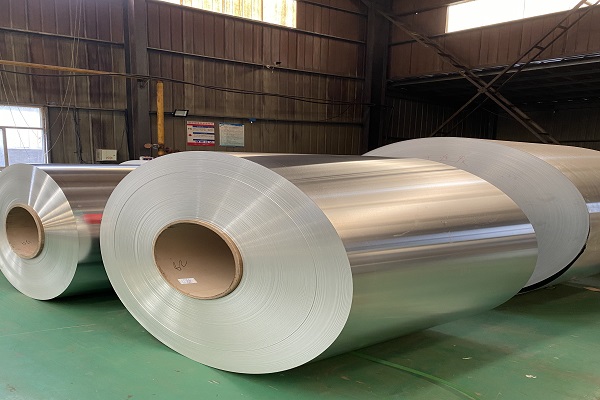Water softening is a method to remove excessive minerals in the water by replacing them with salt. This way, it helps keep the heating and cooling systems of the industries safe from buildups. It further helps to improve the life expectancy of such expensive systems to ensure that they fulfill their purpose effectively. However, there are different commercial water softeners available in the market, but you should know how they work to make the most calculated and informed decisions.
Commercial softeners don’t soften water in the same way that you would by simply boiling it. Instead, it uses a water softening technique through a set of physical, chemical, and electrochemical processes. These processes can be categorized into three functional stages: pre-treatment, regeneration, and conditioning.
In the pre-treatment stage, there are some necessary steps for the softening process to take place effectively:
1. The unit containing salt must be opened for some time to allow the salt to dissolve in the water; before it can produce any softness in your water system.
2. The water flowing through the softener unit must be maintained at consistent temperature of about 70 to 80 degrees Fahrenheit (about 23-27 degrees Celsius). If the temperature drops, so will the efficiency of softening.
3. The water softener unit must be filled with salt and disassembled in preparation for the regeneration procedure. This is because the salt needs to drain off on its own before it can regenerate and soften your water again.
4. The ion resin bed must be rinsed with pure water in preparation for the regeneration process.
5. The unit containing salt must be disassembled and thoroughly cleaned. This is so that the internal components can be fully cleaned and ready for the next stage to take place effectively.
6. Finally, the water softener unit should be filled with salt again. It should happen before the water flows through the ion resin bed and changing its charge.
The second stage of the softening process is called regeneration. Regeneration means that your commercial water softener unit will be recharged with salt so that it can produce a weekly supply of clean and soft water. Regeneration is done at least every two weeks to maintain a consistent supply of clean and safe water without any trace of mineral or chlorine content.
The third stage is known as conditioning. This is the process of taking care of the ion resin bed of your commercial water softener unit within a certain period after regeneration so that it can produce a consistent supply of soft water. This process can last up to four weeks and should be done every month to make sure that you will have consistent supply of clean and safe water throughout the year.
Once you know the entire process of how a commercial water softener functions, you will realize that you need it the most to run your business more effectively. It doesn’t only help prevent the wear and tear of equipment but also reduces the cost of consumption and energy usage. Through the application of this device, the cost of water will be reduced by over 50 percent and employees in your company will be relieved from the stress of using hard water.
A water softener will help you save money on your energy bill because of its energy-saving effect. Thus, you won’t have to pay high electricity bills that are constantly increasing every year.
Moreover, it can provide a service for a long period, reducing frequent expenses on manual repairs and replacements. It could be used in restrooms, for laundry, and all other areas in your building that need treatment for hard water to keep everything clean and functioning properly. So, your business can greatly benefit if you install a commercial water softener in your office building.

